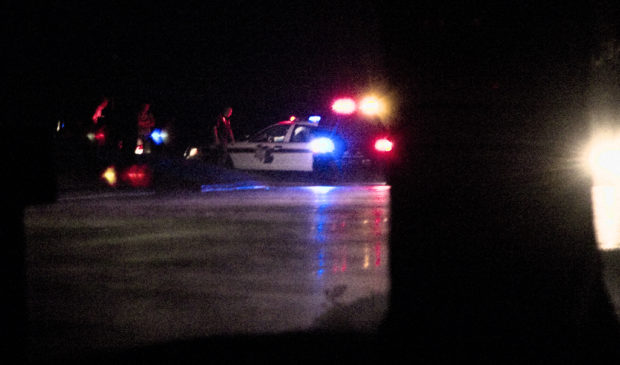Downtown shootings bring plans to address violent crimes
Tuesday, July 27, 2021 by
Chad Swiatecki Just over a month since a mass shooting incident on East Sixth Street killed one person and injured more than a dozen, the state of downtown safety is receiving special attention in a pair of public sessions offering differing views on causes and possible solutions to the problem.
Last week the city’s Downtown Commission heard statistics and general context around the mixed state of downtown crime. Twenty-seven violent gun crimes were recorded through the end of June, putting the area on pace to exceed the 34 incidents that occurred in 2020 and 35 incidents in 2019. Statistics for 2020 compare somewhat poorly because of the Covid-19 pandemic, with 34 violent gun crimes recorded downtown for the whole year.
In total 22 people have been shot downtown this year, with four deaths and eight total shootings.
Austin Police Department Commander Jeff Greenwalt said it will likely take several years of analysis to determine why crime in downtown Austin is starting to rise in a way that mirrors the increases in other major cities like Houston and Baltimore. He said he and other officers often hear that a nationwide push against harsh sentencing puts many criminals back on the streets, a reality compounded by Texas’ wide allowance of personal recognizance bonds for felonies including violent crimes.
Greenwalt said, “What we’re hearing now from the criminals themselves and a lot of the confidential informants is they know they’re not being held accountable and know their competitors in the drug trades are carrying guns, so they have to carry as well,” he said. “It’s kind of a domino effect that has started with no fear of any sort of punishment from the criminal justice system. We have a dual-pronged problem of releasing violent offenders, and the bail reform push for PR bonds.”
Greenwalt also shared details of the early success of APD’s Violence Intervention Program, which started as a citywide initiative in April with a focus on repeat offenders known to carry guns. Thus far the program has resulted in 55 arrests of violent criminals and the seizure of more than 100 firearms.
That program was part of the discussion during Monday’s online forum organized by the Downtown Austin Alliance and Council Member Kathie Tovo. Interim Police Chief Joseph Chacon touted the violent crimes effort and a move to shift more 911 calls toward mental health services as some of the ways police are trying to address crime and the perception that downtown is unsafe.
APD is among the entities, including the county attorney and district attorney’s offices, that are working to create a diversion program that can offer mental health and other services to misdemeanor offenders who tend to return to jail for nonviolent offenses.
Chacon said city and county leaders are looking at creating a diversion center to give police officers somewhere to take people having a mental health crisis instead of arresting them. “Our profession has been advocating for some time for something like this,” he said.
Travis County Attorney Delia Garza said greater investment in social service programs would eventually curtail much of the city’s crime statistics and the quality-of-life issues that have become a complaint of downtown business owners.
“When people are making a 911 call we are responding to when something bad has already happened, and I urge us to think about what the community can do more upstream. When cases come into our office, our institutions have failed people so many times and brought things to the point where police are being called,” she said.
“This revolving door of people who are in poverty, suffering from mental illness and in the revolving door of our criminal justice system is not new. This has been here for decades … we need to think about investing in people before that 911 call gets made and before they’re a case on a judge’s docket.”
District Attorney José Garza said his office is placing its greatest focus on violent crimes, with more resources and case building available if police had less of a revolving door of low-level offenders to handle. He said the diversion program would meet that need.
“What leads to increases in crime is instability in our communities, and if we want to be serious about addressing violent crime and crime generally we must root out instability in our community in every way we can,” he said.
Photo made available through a Creative Commons license. This article has been changed since publication to recognize Council Member Kathie Tovo as a co-host of the forum.
The Austin Monitor’s work is made possible by donations from the community. Though our reporting covers donors from time to time, we are careful to keep business and editorial efforts separate while maintaining transparency. A complete list of donors is available here, and our code of ethics is explained here.
You're a community leader
And we’re honored you look to us for serious, in-depth news. You know a strong community needs local and dedicated watchdog reporting. We’re here for you and that won’t change. Now will you take the powerful next step and support our nonprofit news organization?










